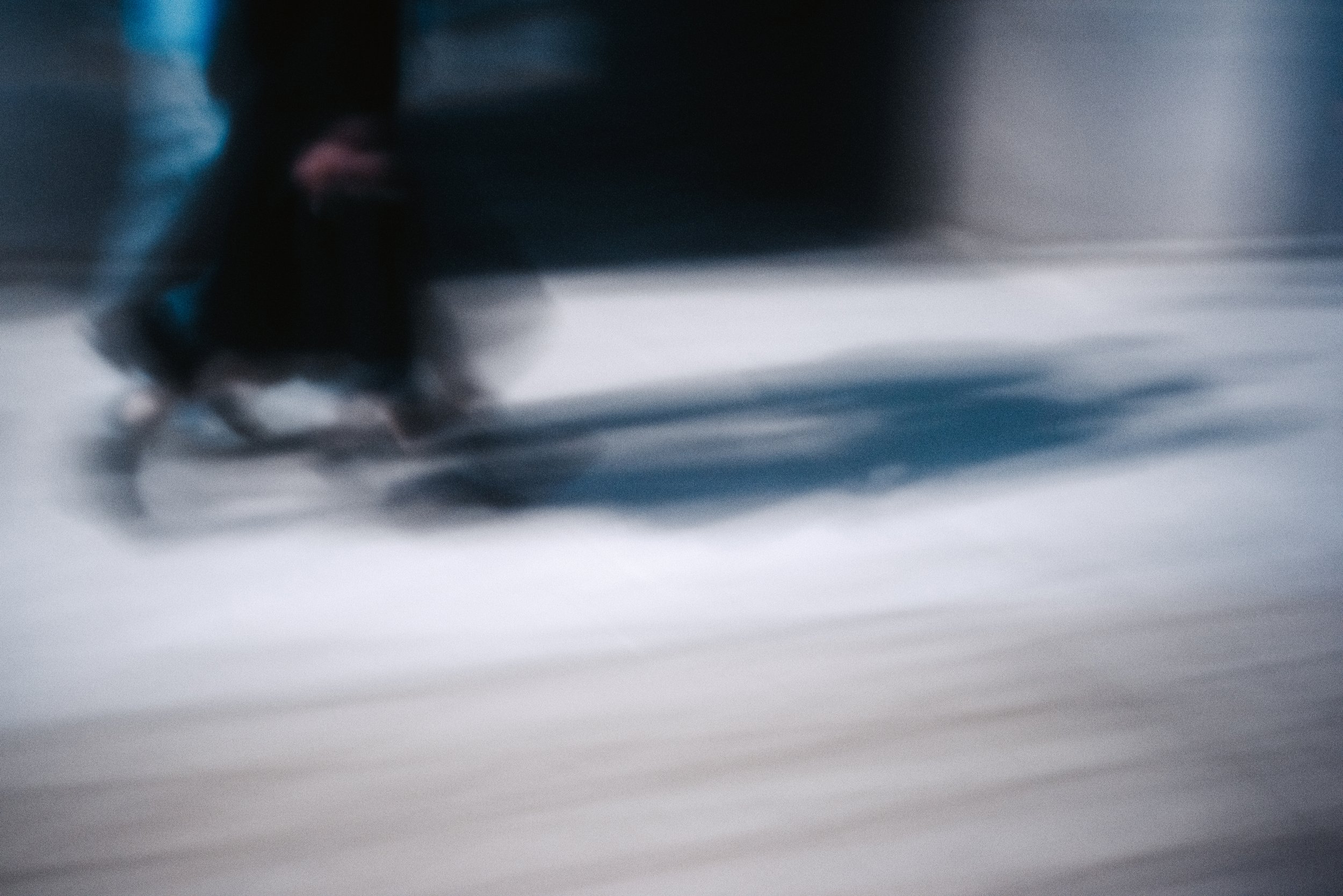Le Voyageur
Photography has many facets. It can show things as they are, but it can also replace language and connect people to one another. Moreover, photography is a form of creation expressed through visual imagery. It is an art that cannot exist without the camera. Despite such limitations, it holds a place as a form of art where all kinds of sociological, moral, and historical questions can be raised. 1)
In this way, photography is more than a simple visual record, it is an artistic medium capable of carrying meaning. Susan Sontag, in Photography within the Humanities, spoke about two ways in which photographers learn. Photographers gained learning through a careful understanding of tools and materials, and then by learning from the photographs taken by other photographers. She says that it was the photographs themselves that expressed them within the endless flow. She also says that whether a photographer is interested in commercial photography or in artistic works, their own photographic tradition is shaped by the images that leave a deep impression on them. 2)
When I walk through the streets of Seoul with my camera, the city first comes across as a realistic space where many people live busy and intense lives. As I observe these places, I explore moments where the aesthetics of ‘Han (恨)' can be discovered. At times, my body and mind may tremble with tension, and I find myself wandering aimlessly, enveloped by the neon lights of dark streets and the unsettling atmosphere lurking in the shadows. Although I am there as an observer, there are moments when my inner perception of the world becomes unsettled, as if I were lost in a maze and left entirely alone. At times like that, I wander the streets as a traveler, as if consoling myself. When I step away from these realistic spaces, I sometimes find myself curious about what other facets of the world might reveal themselves. It leads me to wonder whether there might be cities that are, in a sense, still unfinished. And, just as one may perceive clearer forms within a blurred photograph, might it be that beauty resides even within an unfinished and broken city?
As always, when such questions begin to arise, I turn to the works, interviews, and philosophies of many photographers who have influenced me, seeking to learn from them and fill what I feel is lacking. Among them, the fashion photographer Paolo Roversi, whom I admire, once said in an interview:
“I am always in search of beauty. This I know for sure. Beauty is something that attracts me completely all of the time and pushes me far in search of something.”, :I can’t explain technically why the look of the subject is more deep, more touching, more human if the photographer uses a long exposure for the shot, but it is. I learned this from studying early photographs, when the photographers were obliged to use longer exposures. The portraits looked much deeper.”, “Anybody can use any light – but to capture the sentiment of the light – that is not so easy.” 3)
“The most important moment is when you open the shutter, But if you are a good photographer, and there is this energy, or spirit, or magnetism, it will be in the picture. I always try to put a lot of myself in my pictures, to make them as personal as I can. It’s like if you write a letter, you put something of yourself into it. If not, it’s just a postcard, ‘Kisses from Paris’ and nothing else.”, “For me, it’s always a portrait – if I take a picture of this cup, it’s a portrait of this cup; if I take a picture of a teapot, it’s a portrait of a teacup. It’s always a portrait, and it’s always a relation between me and my subject.” 4)
He also said that when he closes the studio door, he leaves behind everything logical, rational, and technical, and allows only dreams, poetry, and imagination to permeate the space. 5) In the same way, through this project as well, I discover another photographic language of my own and develop it further in a more conceptual way.
1) Susan Sontag, On Photography, ewhobook (2005) (Original published : 1977)
2) Susan Sontag, PHOTOGRAPHY WITHIN THE HUMANITIES, Symposium, Wesleyan College (1975)
3) Susan Reich, Interview PAOLO ROVERSI, PHOTOGRAPHER (2016)
4) Diane Smyth, Paolo Roversi on photography, British Journal of Photography (2017)
5) Jonas Tebib, Leaving Logic at the Door: Paolo Roversi’s Studio of Dreams, Sotheby’s (2021)












